Discover The World's Most Expensive Vegetables
Dive into the world of elite vegetables that redefine luxury cuisine, transcending everyday finds with their rarity and cultivation mystique.
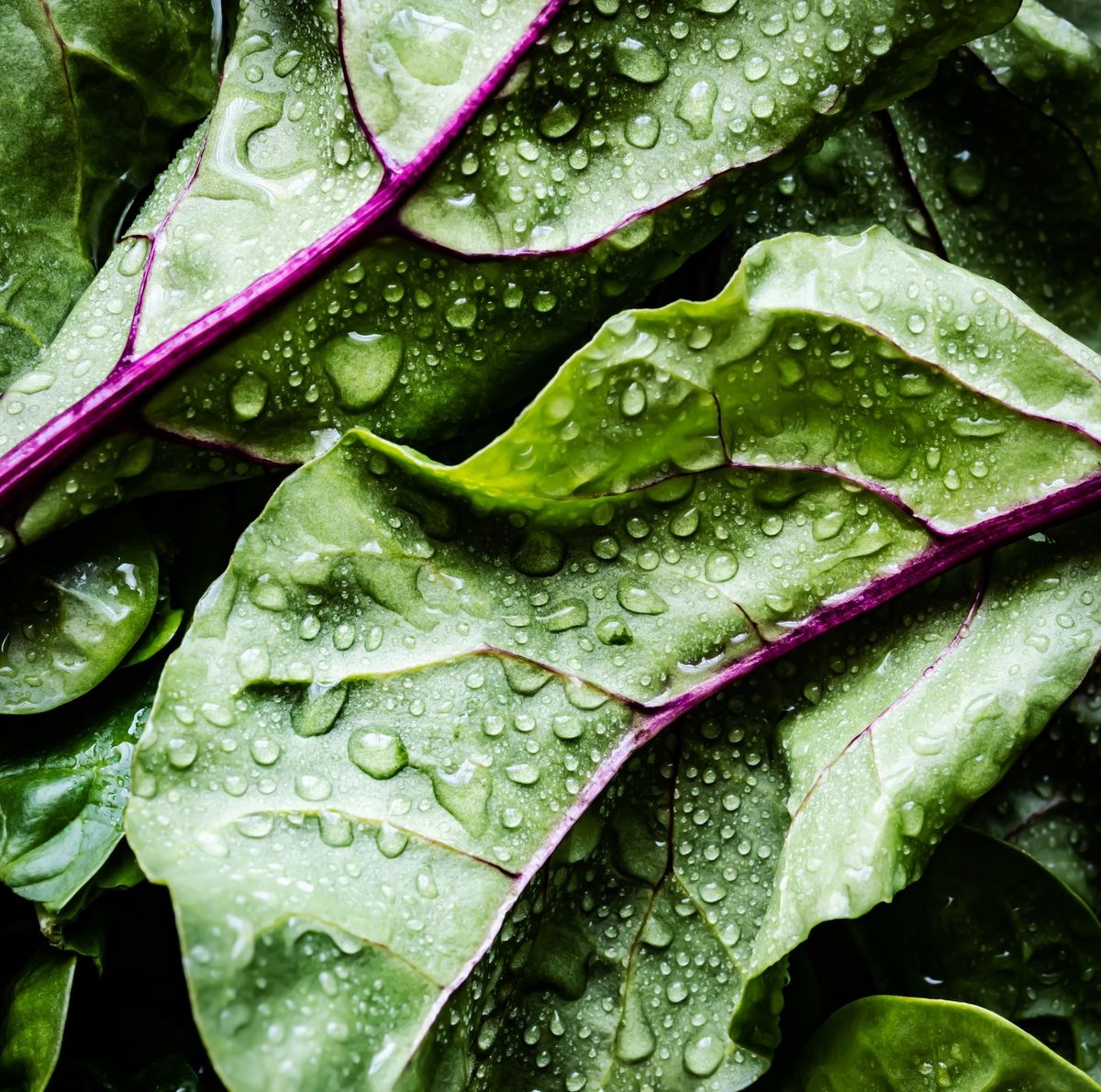
For the budding culinary enthusiast who's never seen vegetables as the centerpiece of luxury cuisine, it's time for an enlightening journey.
There are vegetables that transcend everyday grocery store finds in both price and rarity.
These aren't your run-of-the-mill pricier greens; these are the elite few, often available only through specialized sellers or nurtured in challenging conditions.
Let's discover the world's most lavish vegetables, exploring their cultivation and cost.
Here's A List of World's Priciest Vegetables

Hop Shoots - $1000 per kilogram
Hop shoots, known as "hopscheuten" in Belgium, are the prized spring sprouts of the hop plant (Humulus lupulus).
Celebrated as a seasonal delicacy, these tender greens are most relished in early summer.
Why so Expensive?
Poperinge's sandy loam soil, infused with lime, offers an ideal terrain for cultivating the coveted 'Poperingse hopscheuten'.
The region, graced with a sea-influenced climate of dry winters and humid summers, couples with its rich farming legacy, making it a hub for these rare hop shoots.
Though hop shoots grow quickly, only their tips are edible. This means vast fields yield little, and collecting them demands meticulous care.
Farms heroically supply up to 3 kilos weekly during the traditional harvest window, spanning late March to mid-April and manual harvesting remains predominant.
Hop shoots offer more than flavor. They're believed to combat tuberculosis and even showcase anticancer properties, remedy for various ailments, and today, its shoots are lauded in Europe for skin-protecting antioxidants.
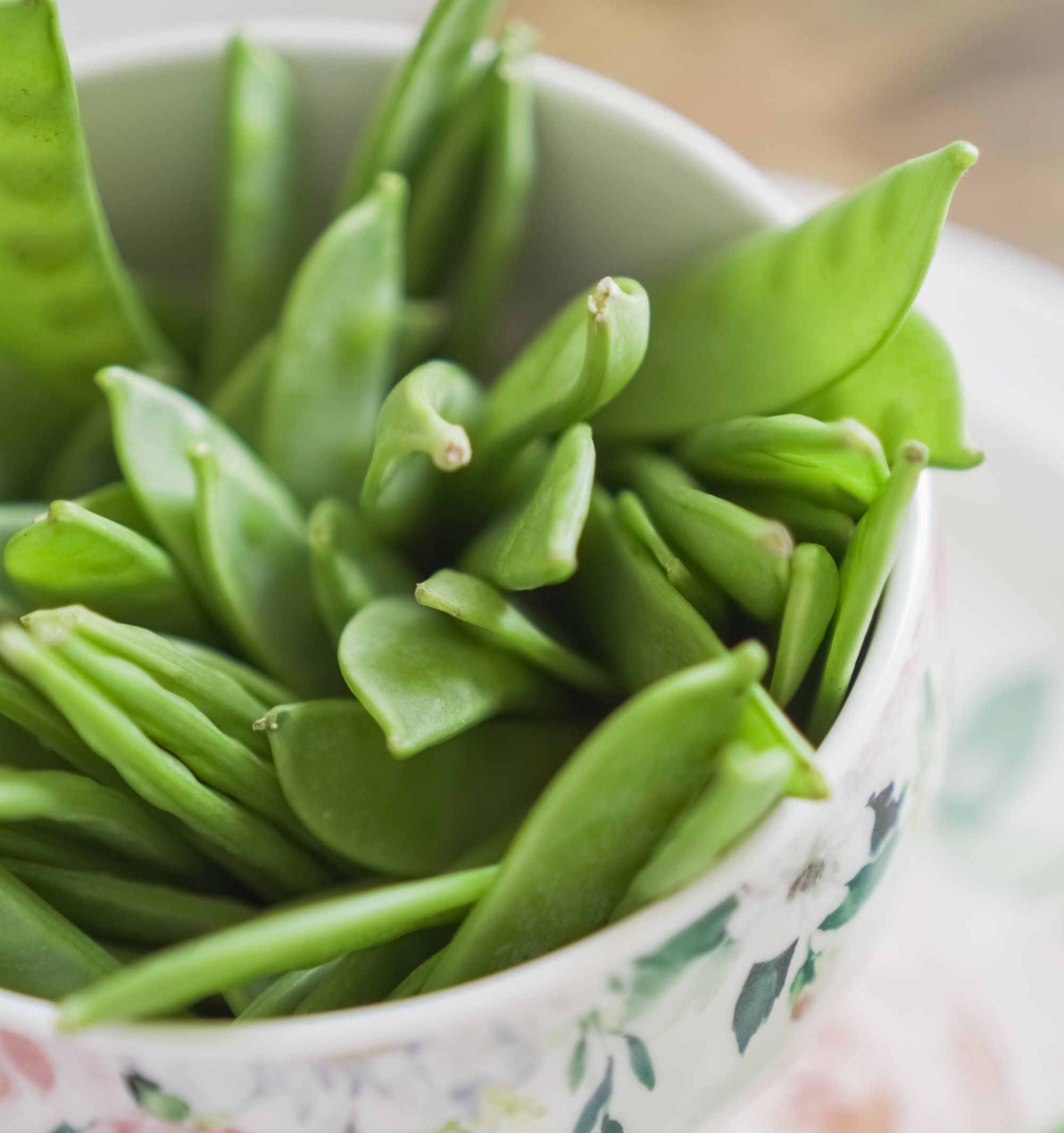
Spanish Teardrop Peas - $500 per kilogram
Originating in Spain, as the name suggests, Spanish Teardrop Peas, also known as “guisantes lágrima” are a revelation in the gastronomic world.
These peas have garnered a reputation that places them on the plates of the most discerning gourmets around the world.
Spanish Peas offer a unique taste experience. They're sweet, tender, and melt-in-your-mouth. With a grassy aroma and a touch of sea saltiness, they reflect their coastal origins.
Why so Expensive?
The price tag on these peas isn’t just for show. Their cultivation requires an inordinate amount of attention and care.
Originating from Spain's Basque Country, where they predominantly grow, provides an ideal microclimate for these peas, with its unique combination of sea air and rich soil.
But it's not just the soil and air – it's the labor. Each pea is handpicked, ensuring that only those at the peak of their ripeness are chosen.
This labor-intensive process, combined with the limited harvesting window each year, contributes to their hefty price.
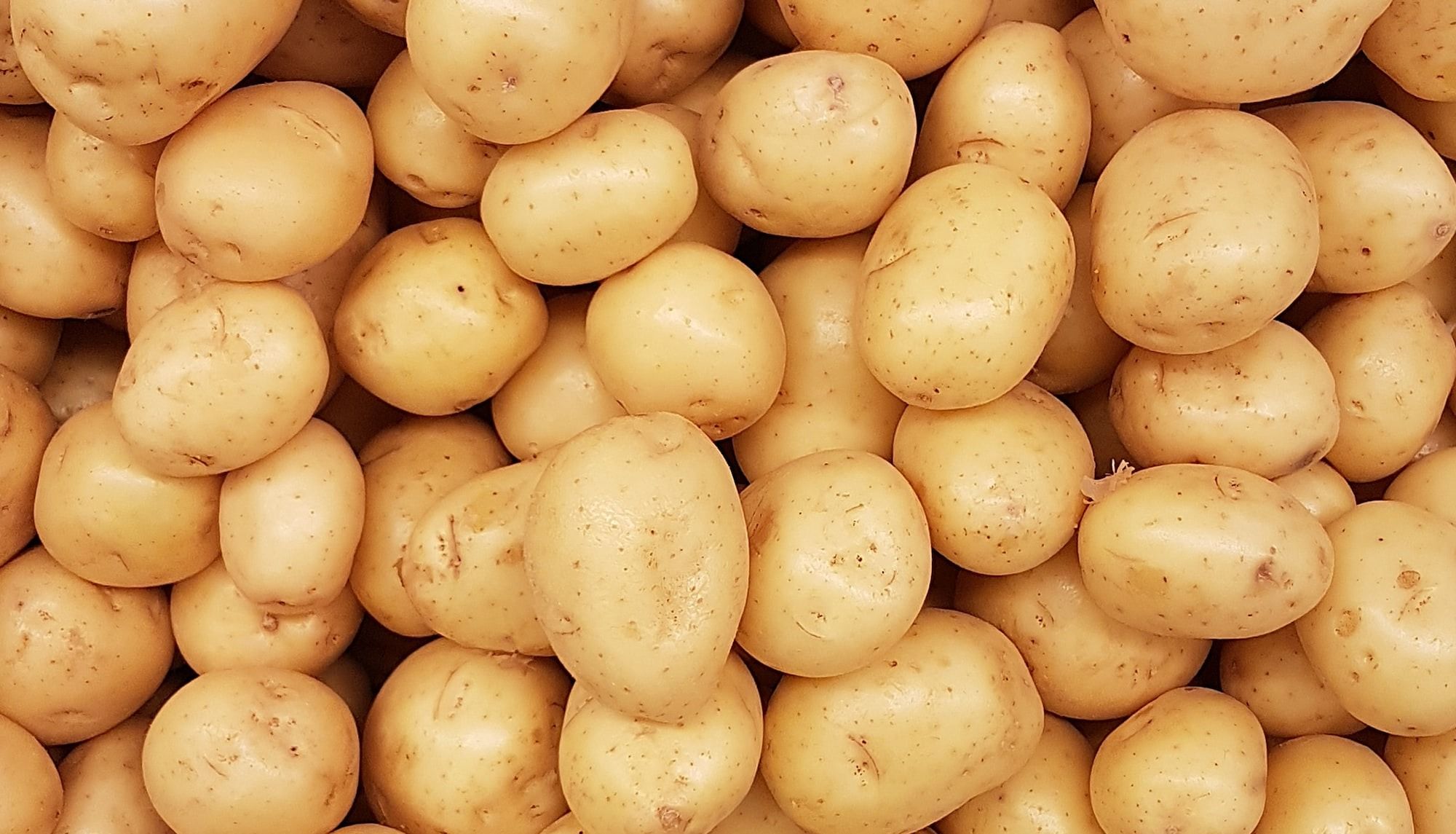
La Bonnotte Potatoes - $600 per kilogram
The "La Bonnotte" potato, hailing from France's Noirmoutier island, is a global luxury. Its allure is embedded in the island's unique terroir, influenced by seaweed and algae, which bestows upon the potato a hint of saline flavor.
Why So Expensive?
Noirmoutier island boasts a mere 5 hectares for cultivating the exclusive La Bonnotte potato.
In May, there's a concise 10-day harvesting window for La Bonnotte from the 1st to the 10th.
The potatoes require careful handpicking due to their fragility, increasing harvesting costs.
La Bonnotte's culinary appeal lies in its unique chestnut undertones and skin-on consumption. Benefiting from the Atlantic-moderated climate and seaweed-enriched sandy soil, these potatoes thrive, resisting decay.
Its early harvest season and distinct fluffy texture sets La Bonnotte apart from other potatoes. Augmented by the Gulf Stream, it leads the seasonal market.
Its significance peaks during May's "la fête de la Bonnotte" festival, celebrating its charm, sometimes through auctions.
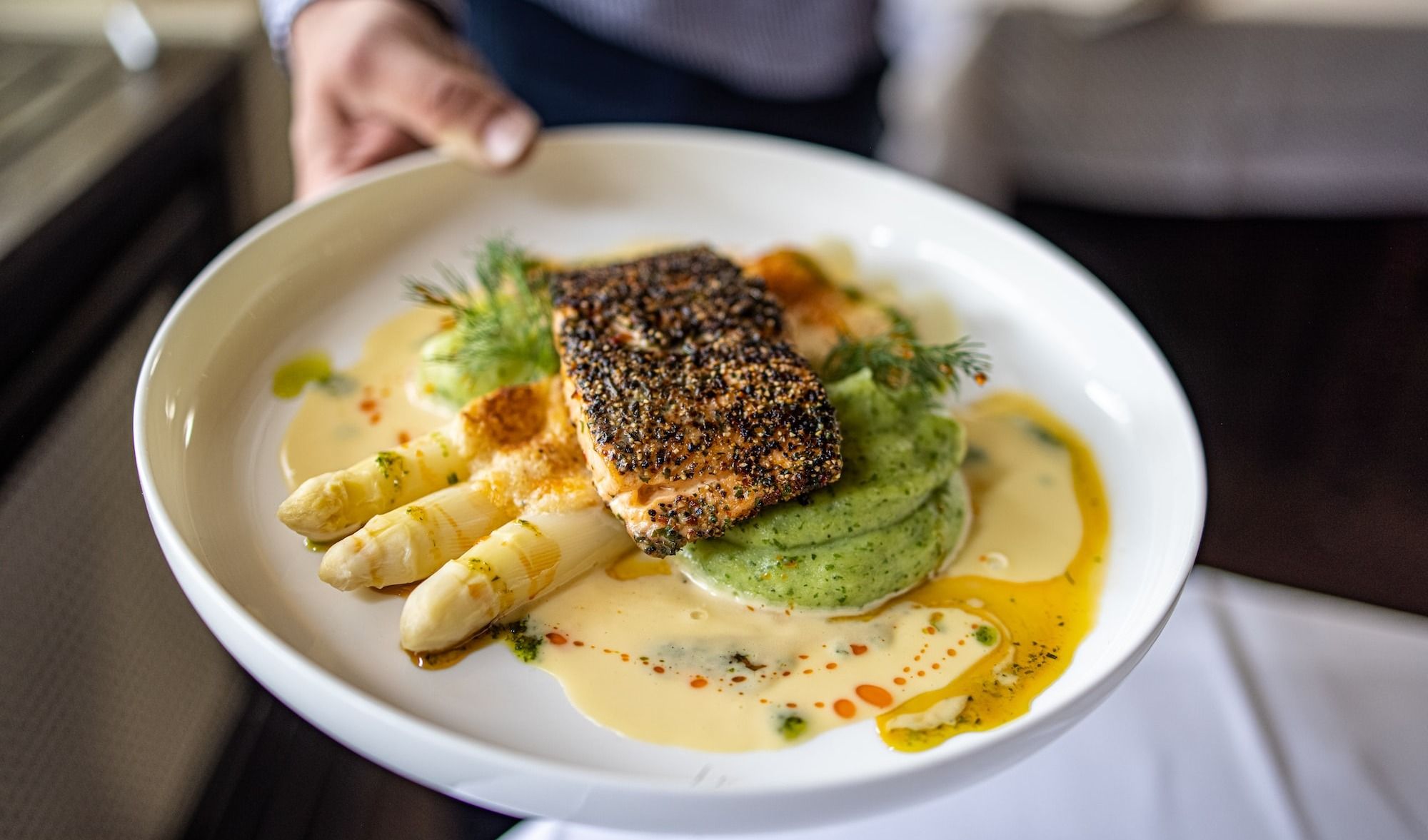
White Asparagus - $50 per kilogram
White asparagus, termed "spargel," is essentially the same plant as green asparagus but cultivated underground, preventing it from turning green.
This method stunts photosynthesis, stopping the production of chlorophyll, the pigment giving green asparagus its hue.
Why So Expensive?
Growing white asparagus is intricate. Preferring sandy terrains over clay or loam soils, which can impart bitterness, it's grown beneath soil mounds or under dark covers to block sunlight.
Seeds are sown in spring, and the initial year focuses on plant growth without harvesting. Farmers shape soil mounds around the asparagus and employ reflective foil to block sun and control temperature.
Peak plantation yields around 15 shoots per asparagus over a three-month span.
As stalks surface, they're swiftly collected to maintain their white hue. Given their size, often over an inch thick, and rapid growth—sometimes two inches overnight—the task is challenging.
After being harvested and trimmed to 8.6 inches, they're promptly cleaned, cooled, and stored due to their high water content, as their peak freshness lasts just around 10 days.

Yamashita Spinach - $30 per kilogram
Asafumi Yamashita, a distinguished horticulturist, supplies elite Michelin-starred chefs with exquisite vegetables from his farm in the scenic village of Chapet, France.
More than a farmer, Yamashita is a self-taught philosopher of agriculture, discussing his produce with deep personal connection.
His masterpiece, the Kinjiso spinach, is a radiant purple revelation that redefines spinach as we know it.
Why so Expensive?
At the heart of this spinach's distinctiveness is Yamashita's meticulous seed selection. Eschewing typical considerations like durability, he opts for seeds imported from Japan, chosen exclusively for their flavor potential.
The Kinjiso, captivating in its purple glow, demands precision in its upbringing, craving specific temperatures and an acidic soil balance.
The outcome is a spinach that delights with its crisp, nutty flavor, setting it apart from its conventional peers.
Each Yamashita leaf narrates a story of passion and precision. It's harvested at the very peak of its natural cycle, reflecting the essence of its season.
This venture goes beyond mere farming; it's about a craftsman, his intimate bond with his land, and crops nurtured with unwavering attention.
Guided by the belief that magic lies in the minutiae, Yamashita invests himself completely, from daily care to soil nuances and weather intricacies.
Tasting the Kinjiso spinach is a gastronomic adventure. It invites gourmets into a world where spinach surprises, presenting a palate experience both crisp and nutty, and undeniably memorable.
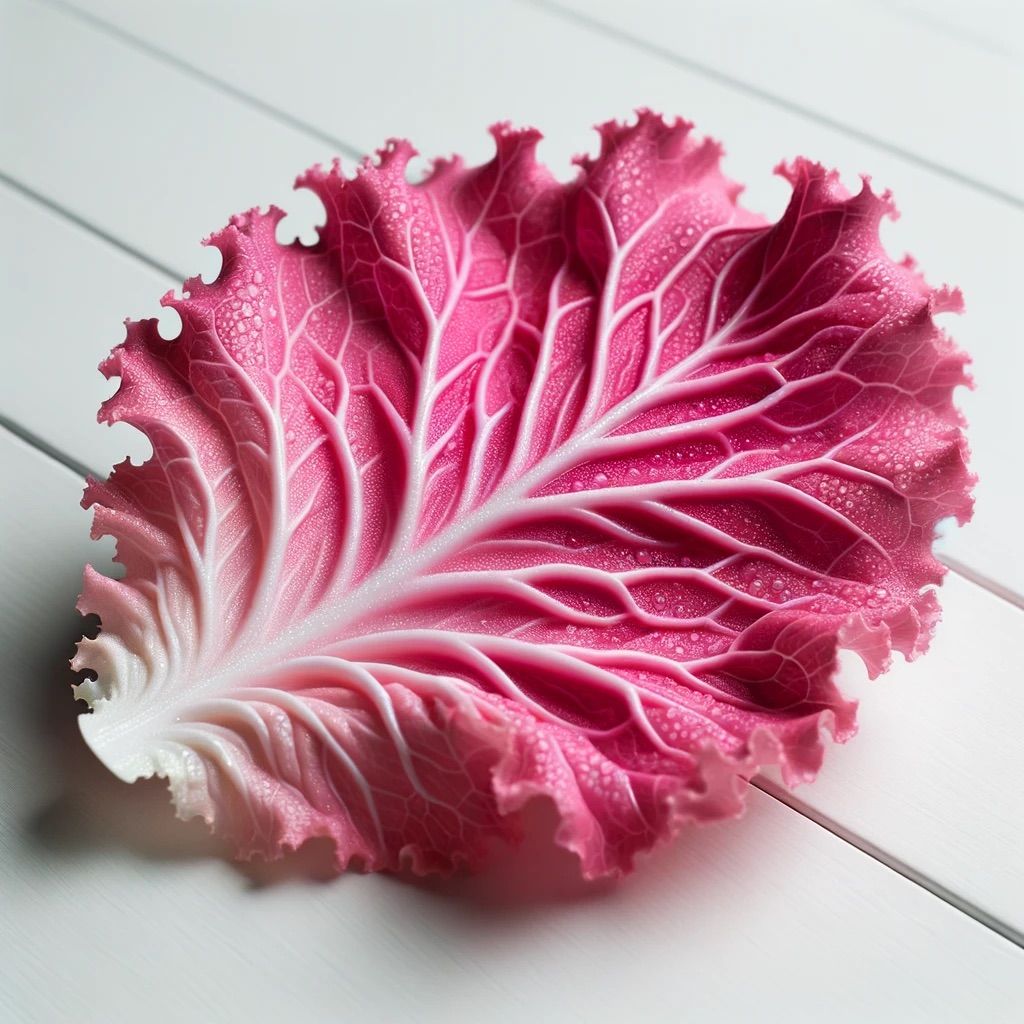
Pink Lettuce (Pink Radicchio) - $20 per kilogram
In the culinary spotlight, both on dishes and digital screens, the pink lettuce dazzles with its vibrant hue.
Hailing originally from Italy, the Pink Radicchio, also known as Radicchio del Veneto or La Rosa del Vento, has found new homes in parts of California, Pennsylvania, and Washington.
As for flavor, the Pink Radicchio blends mildness with a touch of bitterness. Interestingly, the "forced" variant stands out with a crisper and sweeter profile, its leaves delightfully melting upon the palate.
Why so Expensive?
The seeds for this captivating vegetable, meticulously procured from specialist Italian firms, germinate mainly between late November and March.
Adapting beautifully to milder winter climates, its cultivation is an art with two primary methods.
The first, known as direct growth, sees the radicchio mature in the soil until its radiant pink tones emerge, signaling its readiness.
The second, a more nuanced method called "forcing," involves a partial fall growth followed by a strategic replanting in darkness.
This lack of sunlight channels the plant's energy upwards, enhancing its growth and intensifying its iconic pink shade.


